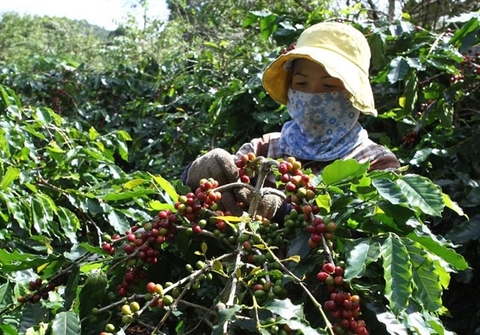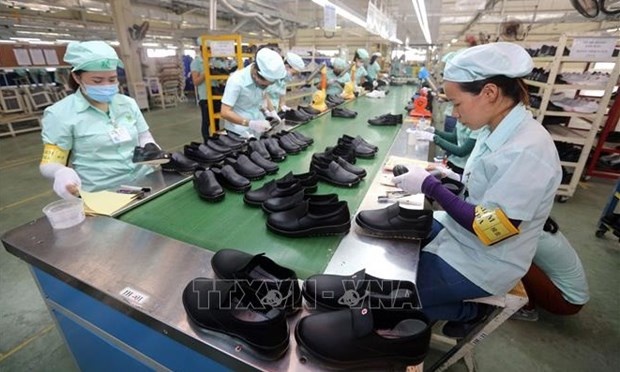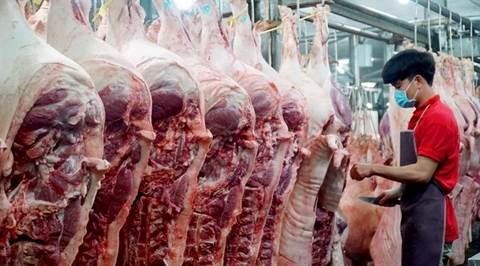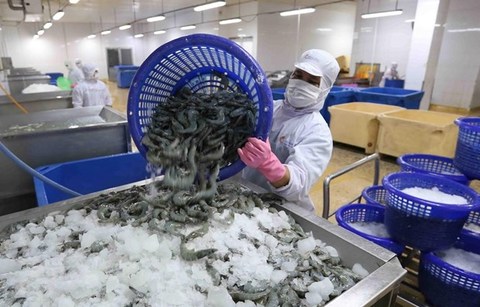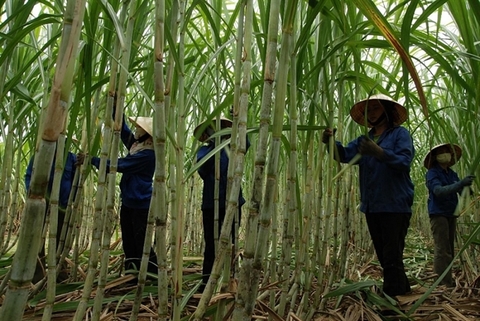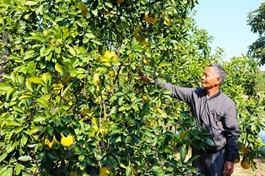Steelmakers improve trade balance through integration
Steelmakers improve trade balance through integration
It is expected that, when results emerge, Vietnam’s steel sector will for the first time witness a trade surplus thanks to activities in 2021.
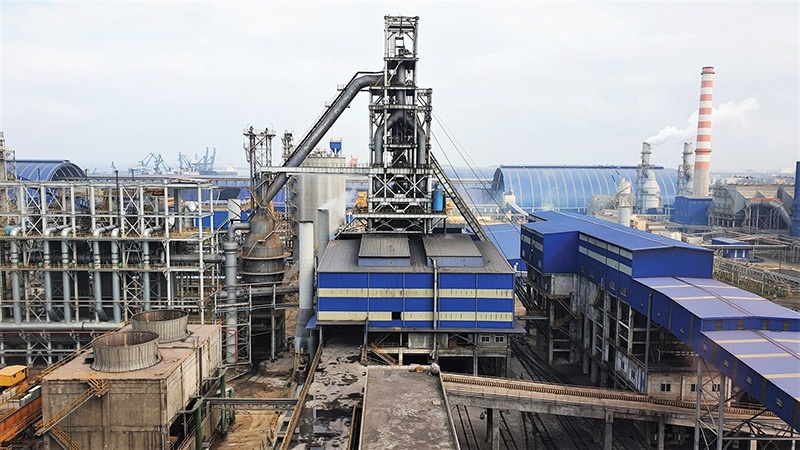
According to the Vietnam Steel Association, domestic consumption decreased over the year but exports recorded positive results in 2021. These exports could reach a figure of 11.8 million tonnes for 2021, as compared to 9.24 million tonnes achieved in 2020.
Thanks to these exports and new initiatives in raw materials, in 2021 the steel sector could improve the balance of trade and structure of products. The previous year, Vietnam was a net steel importer with 14 million tonnes.
For Hoa Phat Group, the decision to invest in hot-rolled coil (HRC) production has helped it become a pioneer in Vietnam with this high-value industrial product line, and it is now self-sufficient in input materials for the production of steel pipes, galvanised sheets, container shells, and more.
Five years ago, Hoa Phat-Dung Quat Steel JSC and Italian metal plant supplier Danieli Company signed a contract to provide a thin slab caster and a hot-rolled mill. At that time, Hoa Phat chairman Tran Dinh Long proudly said that Hoa Phat would be the first firm in Vietnam to manufacture this type of product.
In its strategy, hot-rolled mills were the most important products for them to avoid imports as HRC will help domestic steel businesses to proactively source raw materials and increase competitiveness when exporting to international markets, avoiding the increasingly popular protective tax lines.
Through these efforts, Hoa Phat Group has surpassed Taiwan-based Hung Nghiep Formosa Ha Tinh to become Vietnam’s largest steel producer – and, indeed, the biggest in Southeast Asia, with an output of eight million tonnes per year, including five million tonnes of billet and construction steel and the remainder in HRC.
Over the first 11 months of 2021, Hoa Phat exported 914,000 tonnes of finished construction steel, up 90 per cent on-year. The rise in Vietnam’s steel exports in 2021 sustained the domestic steel producers, who found survival difficult as steel consumption slumped amid social and economic restrictions.
Nam Kim Steel JSC also penetrated new export markets in the third quarter of 2021, with the proportion of the company’s exports amounting to more than 80 per cent of sales volume.
Ho Minh Quang, chairman of the Board of Directors said that, in addition to the advantages of the market, the fact that Vietnam has joined many trade agreements has helped to limit barriers in export. He confirmed the enterprise is promoting an expansion project phase I to increase capacity to 1.6 million tonnes by 2023.
Besides being proactive in raw materials, steel enterprises are also trying to diversify markets, especially towards exporting to new but high-potential markets.
Vu Van Thanh, deputy general director of Hoa Sen Group, said that it actively uses raw materials or those originating from many different markets to avoid dependence.
“Export is one of the two main sales channels that make a great contribution to the development of Hoa Sen Group. With an extensive export channel to more than 87 countries and territories, our export volume still grew strongly in 2021,” he added.
According to Vietcombank Securities Company, in 2021 Vietnam’s steel export targets were quite optimistic because China has been gradually reducing export output, causing shortages for partners that regularly import steel from China and opening up opportunities for steel exports.
In addition, the quota safeguard measures in Europe make it difficult for countries that are large exporters to increase production output in that market when demand spikes.




